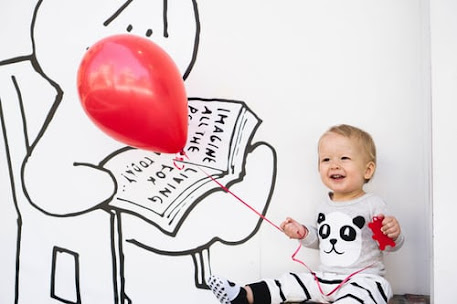10 Fun ways to develop Eye contact in children with ASD
- When you look a person in the eye, it represents your confidence in your point of view. One of the most powerful means of communicating confidence and conviction is sustained focused eye contact.
- While you make eye contact while conversating, it communicates you are intrested in the conversation & are paying attention.
- We need to maintain eye contact in order to pick up and respond to important social cues from other people. And of course, a failure to make eye contact can be misconstrued by others as disinterest or inattention.
➤There are many books and articles written by adults with autism who describe that they feel quite stressed & overwhelmed when well-meaning parents and teachers tried to force them to make eye contact during conversations. In many cases, they described that they were being further distracted from the conversation because of this.
➤These wonderful individuals have also stated that – it was much easier for them to engage & focus on conversations when others allowed them to communicate in a more comfortable manner (without eye contact).
Now, the question is, should we encourage eye contact in children with autism or not?
The answer is, it depends...
👉 If giving eye contact is very stressful for your child & he pays less attention to you when you ask him to look into your eyes, it is better if he just listens & conversates without being forced to look you in the eye.
👉It will also be helpful to look for other alternative ways for him to indicate to others that he is interested and paying attention to them.
For example, you might explain the importance of indicating his interest in some nonverbal way and then offer some of these options:
- Suggest that your child show his interest by fully facing the person and staying within a conversational distance. This includes working on any tendency to wander away in the middle of a conversation.
- Help your child learn some socially appropriate comments that he can use to indicate his attention. For example: saying “yes” or “okay” or “hmm-hmm" or even "nodding his head.” It’s important to help him understand that these little comments/gestures should come when the other person pauses – not while they are speaking. The two of you can practice the timing together.
About the writer :-
The writer’s name is Abhipsa Parida. She is an occupational therapist specialised in pediatrics and has been handling kids with special needs since 6 years. She is quite experienced and skillful in observation, assessment and planning intervention for kids with special needs. She uses evidence based practice and is very creative and updated in her approach while handling kids with special needs. She has her own clinic in Bhubaneswar and has handled many kids of different age groups with varying needs.
If you have any queries, you can mail them at abhipsaot21@gmail.









Comments
Post a Comment